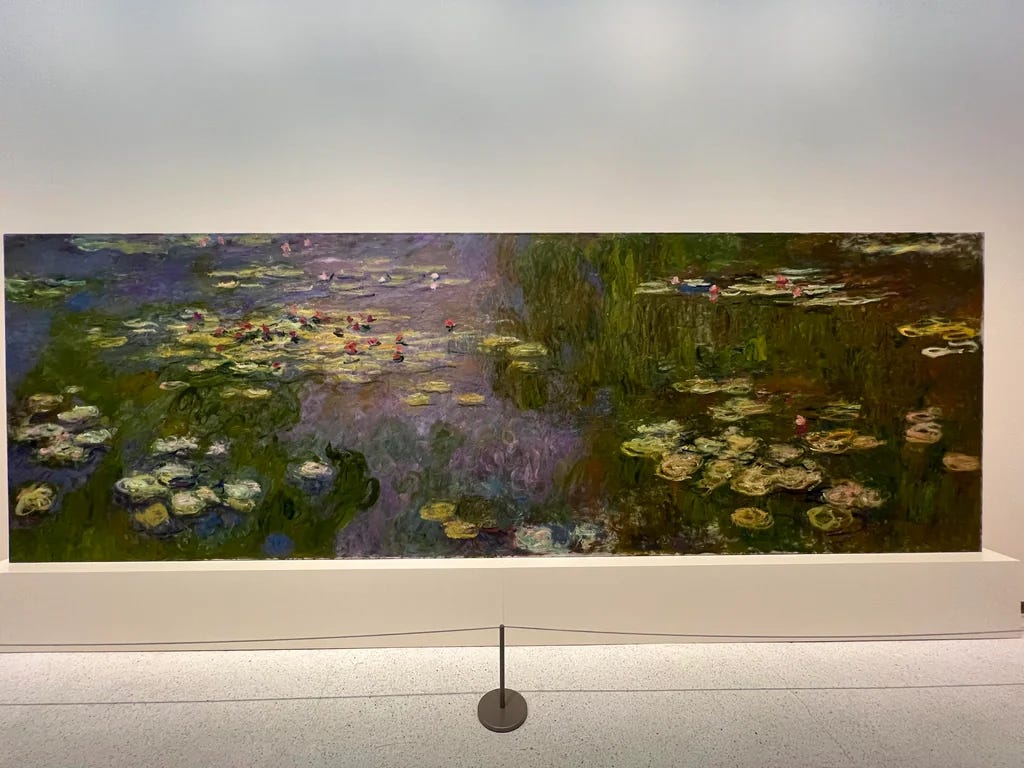Purpose and Purposelessness in Beauty
The search for meaning when we lack answers
In a strange sense, the purpose of art is to be purposeless. Art should be something that we pursue simply for its own sake. We shouldn’t look for beauty because it’s useful for something greater. We should pursue it just because it’s good.
Yet it’s hard to think about beauty without an idea of purpose in mind. Looking at a beautiful painting, hearing a beautiful song, or simply reflecting on a scene from nature, there’s a sense that there’s a sort of order to everything. Saying that something is beautiful almost seems like it’s necessarily saying that it’s a sign of something greater. How strange would it be to say that something is “just” beautiful? That it is beautiful seems to be enough to say that it’s meaningful.

But it’s hard to articulate just what makes beauty meaningful. It’s often hard to articulate what makes something beautiful at all. Real beauty often leaves us struggling to find the right words at all.
Immanuel Kant once described the judgment of art as “purposive without purpose.” In looking at something beautiful, we’re drawn to think that there must be a higher purpose to it all. It seems that there must be something that makes this all make sense, even if it’s not clear just what that is. It invites us to ask questions that don’t have easy answers—if they have answers at all.
In this sense, the search for beauty is the search for purpose. When trying to understand what makes something beautiful, we’re asking just what could explain this feeling and finding no clear answer. It’s here that we’re free to begin looking for something beyond the everyday.
And we might say that the search for purpose is also a search for beauty. When we’re trying to “understand” a beautiful scene from art, we’re looking for something that explains just what makes this so incredible. We can see the beauty even if we can’t understand what makes it beautiful. The search for purpose in life means looking for the same sort of order that we hope to apply to art or nature. It means looking for something to make the overwhelming understandable.
But perhaps there’s a lesson here: don’t fear the overwhelming. It’s when we face these things that seem so far beyond us that we can move closer to an answer. If we only spend time on things with easy answers and quick solutions, we never have a chance to look for something greater. We need to spend time in the wilderness where there aren’t clear answers set out.
Fyodor Dostoevsky once wrote, “Beauty will save the world.” It’s strange: it seems so easy to understand what this statement means yet so hard to say what it tells us to do. But perhaps this is the point: beauty doesn’t lead us to a simple concrete answer. Instead, it’s an invitation to search for an answer for life.


I love this piece. Beauty brings many to truth.